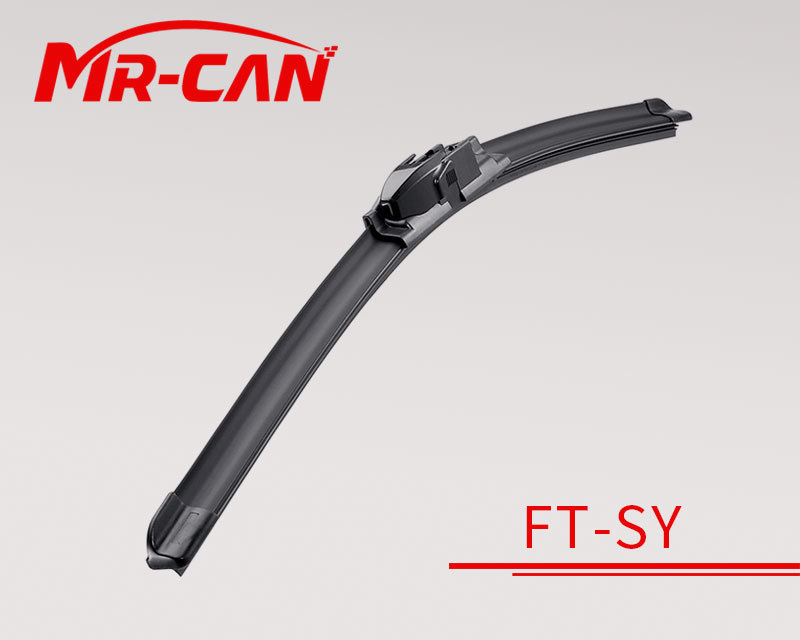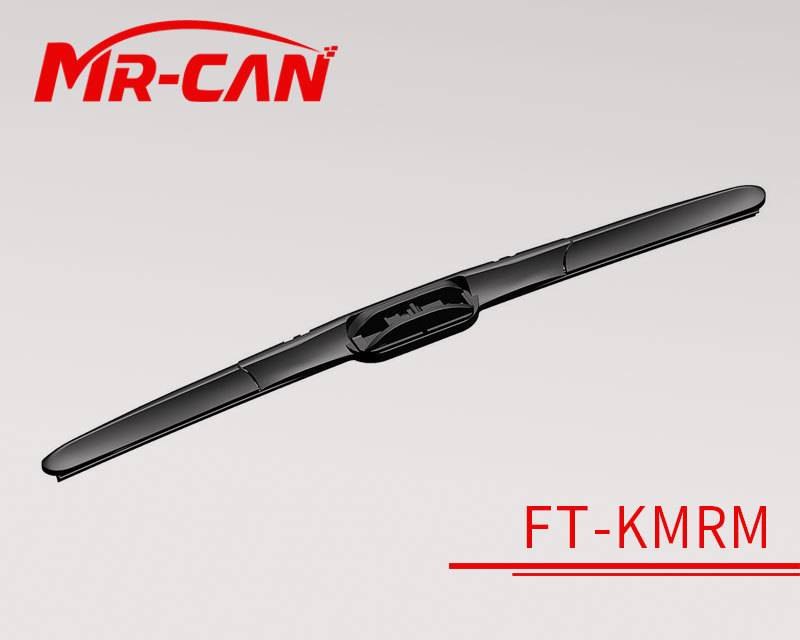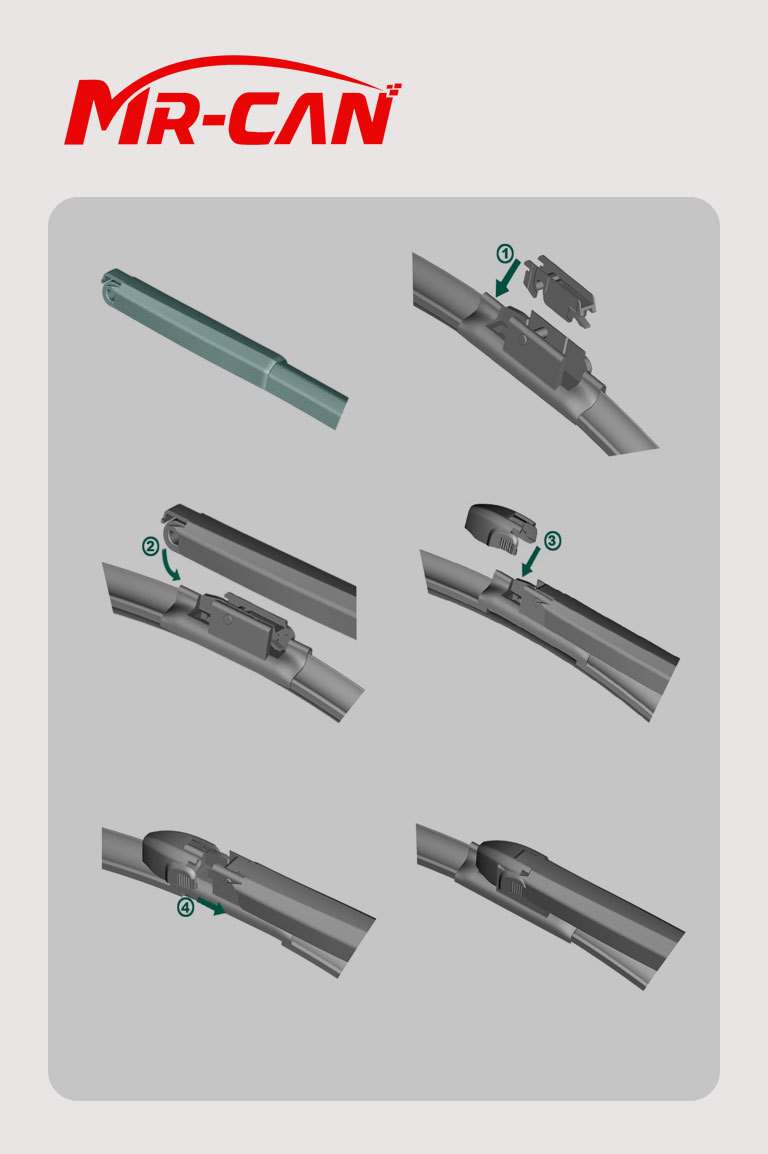Unveiling the Secrets of Long-Lasting Bus Wiper Blades: A Comprehensive Review
Release Time:
Apr 08,2025
Unveiling the Secrets of Long-Lasting Bus Wiper Blades: A Comprehensive Review Table of Contents 1. Introduction to Bus Wiper Blades 2. Importance of Quality Wiper Blades for Buses 3. Key Features of Long-Lasting Wiper Blades 4. Types of Bus Wiper Blades 4.1 Conventional Wiper Blades 4.2 Beam Wiper Blades 4.3 Hybrid Wiper Blades

Unveiling the Secrets of Long-Lasting Bus Wiper Blades: A Comprehensive Review
Table of Contents
- 1. Introduction to Bus Wiper Blades
- 2. Importance of Quality Wiper Blades for Buses
- 3. Key Features of Long-Lasting Wiper Blades
- 4. Types of Bus Wiper Blades
- 5. Best Maintenance Practices for Wiper Blades
- 6. How to Install Bus Wiper Blades
- 7. Top Brands for Long-Lasting Bus Wiper Blades
- 8. Frequently Asked Questions
- 9. Conclusion
1. Introduction to Bus Wiper Blades
Bus wiper blades play a pivotal role in ensuring safe driving conditions. They provide crucial visibility for bus drivers, particularly during adverse weather conditions. As travel incorporates various weather scenarios, the durability and efficiency of bus wiper blades become paramount. In this article, we will explore the essential aspects of long-lasting bus wiper blades, from their types to maintenance, installation, and top brands.
2. Importance of Quality Wiper Blades for Buses
The importance of quality bus wiper blades cannot be overstated. Bus drivers often navigate through challenging weather conditions, including rain, snow, and fog. A reliable set of wiper blades ensures clear visibility, which is critical for passenger safety and overall driving efficiency. **Poor visibility due to worn-out wiper blades can lead to accidents**, highlighting the need for high-quality replacements.
3. Key Features of Long-Lasting Wiper Blades
When considering bus wiper blades, several key features contribute to their longevity and performance. Understanding these features can help you make informed purchasing decisions.
Durable Materials
**Long-lasting wiper blades** are typically constructed from durable materials such as rubber, silicone, or a composite blend. These materials withstand harsh weather conditions and resist wear and tear over time.
Advanced Aerodynamic Design
The design of wiper blades significantly impacts their effectiveness. **Aerodynamic wiper blades** reduce wind lift during high-speed travel, ensuring consistent contact with the windshield for optimal clearing performance.
Easy Installation Mechanism
A straightforward installation process saves time and effort. Many modern wiper blades come with user-friendly mechanisms that allow for quick installation without the need for specialized tools.
4. Types of Bus Wiper Blades
Understanding the different types of bus wiper blades can help you choose the most suitable option for your bus.
4.1 Conventional Wiper Blades
Conventional wiper blades are the traditional type, consisting of a rubber blade attached to a metal frame. **These are often the most affordable option**, but they may not offer the same longevity or performance as other types, especially in extreme weather.
4.2 Beam Wiper Blades
Beam wiper blades feature a sleek design without a traditional frame, making them more aerodynamic. **Their flexibility allows them to conform better to the windshield**, ensuring a cleaner wipe and improved visibility during inclement weather.
4.3 Hybrid Wiper Blades
Hybrid wiper blades combine the benefits of conventional and beam designs. They typically have a rubber blade enclosed in a flexible frame, providing durability and a smooth, efficient wipe. **These are often regarded as the best of both worlds** for bus applications.
5. Best Maintenance Practices for Wiper Blades
Proper maintenance can extend the life of your bus wiper blades significantly. Here are some essential practices to consider:
Regular Inspection
**Inspect your wiper blades regularly for signs of wear**, such as cracks, tears, or stiffness. Replacing them at the first sign of damage can prevent poor visibility during critical driving moments.
Clean the Blades
Keeping the wiper blades clean is crucial. **Use a soft cloth and windshield washer fluid to wipe the blades regularly**, removing dirt and debris that could hinder their performance.
Replace Wiper Blades Annually
Even if your wiper blades appear to be in good condition, it’s advisable to replace them **at least once a year**. This proactive approach ensures optimal performance throughout the year.
6. How to Install Bus Wiper Blades
Installing new wiper blades can be straightforward if done correctly. Follow these steps for a successful installation:
Step 1: Remove the Old Wiper Blade
Lift the wiper arm away from the windshield and locate the release tab on the old wiper blade. Press the tab and slide the blade off the arm.
Step 2: Attach the New Wiper Blade
Align the new wiper blade with the wiper arm and slide it into place until you hear a click, indicating it’s securely attached.
Step 3: Test the Wiper Blades
Before hitting the road, test the new wiper blades to ensure they operate smoothly. **Check for any skipping or chattering**, which may indicate improper installation.
7. Top Brands for Long-Lasting Bus Wiper Blades
Choosing the right brand can make a significant difference in the longevity and performance of your wiper blades. Here are some top brands known for their quality:
Rain-X
Rain-X is a trusted name in the automotive industry, offering a wide range of high-quality wiper blades known for their durability and effectiveness in clearing water.
Bosch
Bosch wiper blades are renowned for their engineering and design. They feature advanced technologies that enhance their performance and longevity.
Valeo
Valeo provides innovative wiper blade solutions that cater to various bus models. Their products are designed for maximum performance under adverse weather conditions.
Trico
Trico offers a diverse selection of wiper blades, including beam, hybrid, and conventional types. Their commitment to quality ensures a reliable wipe every time.
Michelin
Michelin is well-known for its automotive products, including wiper blades. Their offerings combine durability with advanced technology for superior performance.
8. Frequently Asked Questions
1. How often should I replace my bus wiper blades?
It is recommended to replace your wiper blades **at least once a year**, or sooner if you notice any signs of wear.
2. Can I use car wiper blades on a bus?
While some car wiper blades may fit, **it’s best to use wiper blades specifically designed for buses** to ensure proper performance and safety.
3. How do I know when my wiper blades need replacing?
Signs that your wiper blades need replacing include streaking, skipping, or making noise while in use.
4. What are the advantages of beam wiper blades over conventional ones?
Beam wiper blades offer a more aerodynamic design, better flexibility, and improved contact with the windshield, resulting in a smoother wipe.
5. Do wiper blades come with a warranty?
Many wiper blade manufacturers offer warranties. **Always check the warranty details** before purchasing to ensure peace of mind.
9. Conclusion
In conclusion, choosing the right bus wiper blades is essential for ensuring safety and visibility during travel. By understanding the different types, key features, and proper maintenance practices, you can significantly extend the life of your wiper blades. Investing in high-quality products from reputable brands will enhance your driving experience and provide peace of mind on the road. Make informed choices and prioritize the safety of your passengers by ensuring your bus wiper blades are in top condition.
Keywords:
More information




